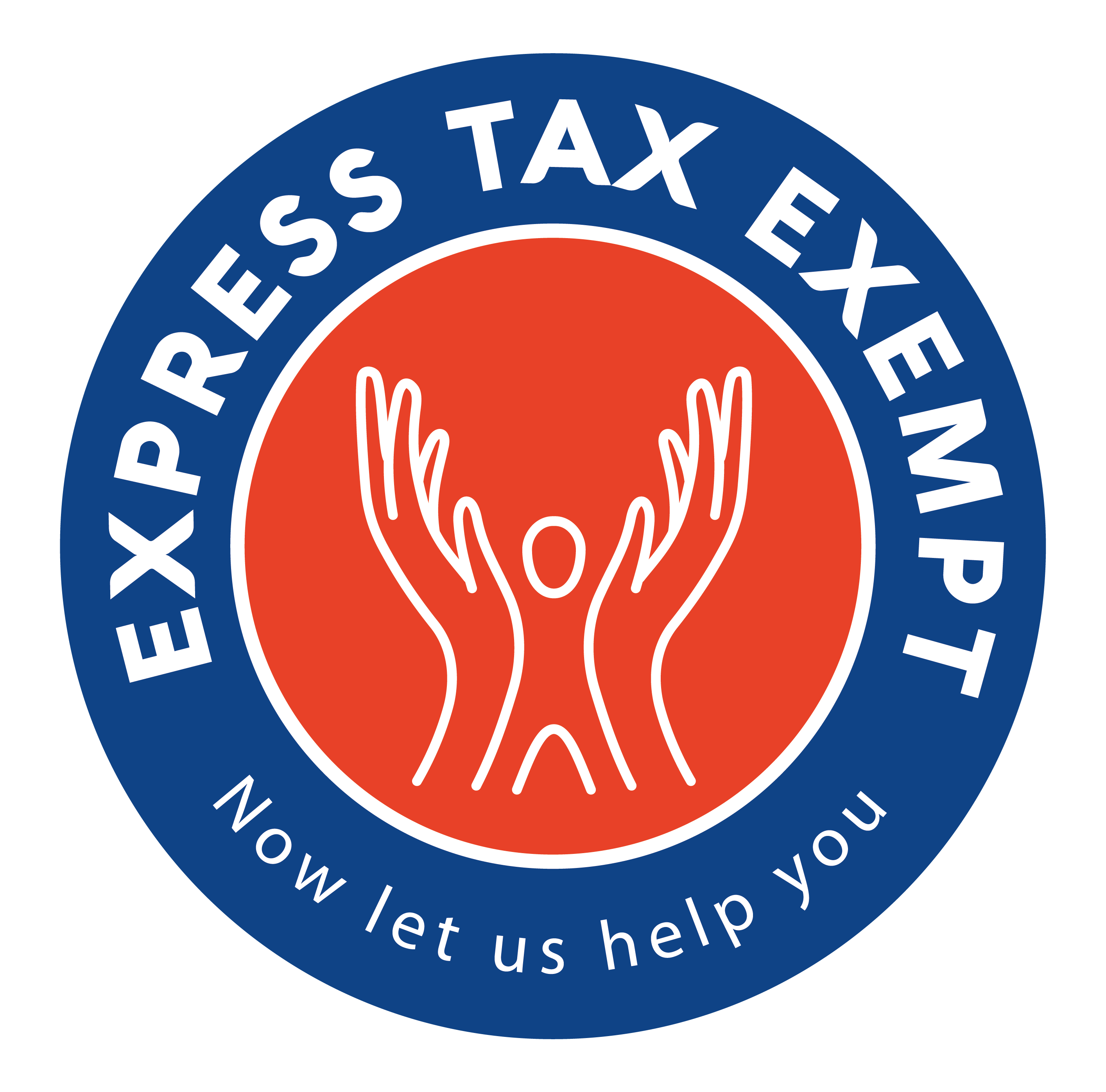990 News: Revenue Procedure 2014 – 11
 Revenue Procedure 2014-11 is a publication by the IRS outlining the process for gaining retroactive reinstatement for exempt organizations. Should an organization fail to file a Form 990 (and any form from the 990 series) for three consecutive years, its tax-exempt status is automatically revoked. This can mean big fines, penalties, and taxes. Thankfully, the IRS has created this process for first-time offenders.
Revenue Procedure 2014-11 is a publication by the IRS outlining the process for gaining retroactive reinstatement for exempt organizations. Should an organization fail to file a Form 990 (and any form from the 990 series) for three consecutive years, its tax-exempt status is automatically revoked. This can mean big fines, penalties, and taxes. Thankfully, the IRS has created this process for first-time offenders.
There are three options for tax-exempt organizations to regain their exempt status and have it retroactively reinstated; we will discuss each individually. The first two are applicable only to those organizations who have had their exempt status revoked no more than 15 months prior to reapplying.
An organization that was eligible to file either Form 990-EZ or 990-N for each of the three consecutive years that it failed to file, and that has not previously had its tax-exempt status automatically revoked, may apply to have its tax-exempt status retroactively reinstated effective from the Revocation Date if it does both of the following:
- Completes and submits an Application at the address provided in the instructions to the Application not later than 15 months after the later of the date of the Revocation Letter of the date on which the IRS posted the organization’s name on the Revocation List. To help facilitate processing, organizations should write “Revenue Procedure 2014-11, Streamlined Retroactive Reinstatement” on the top of the Application.
- Include the appropriate user fee with the Application.
An organization that is not eligible for the aforementioned procedure may apply to have its tax-exempt status retroactively reinstated effective from the Revocation Date if it does all of the following:
- Completes and submits the appropriate Application to the address provided in the instructions to the Application not later than 15 months after the later of the date of the Revocation Letter or the date on which the IRS posted the organizations name on the Revocation List. To help facilitate processing, organizations should write “Revenue Procedure 2014-11, Retroactive Reinstatement” on top of the Application.
- Includes the appropriate user fee with the Application
- Includes the Reasonable Cause Statement
- Includes a statement with the Application confirming that it has filed the Annual Returns required in the below step
- Files properly completed and executed paper Annual Returns for all taxable years in the consecutive three-year period for which the organization was required, and failed, to file Annual Returns (and for any other taxable years after such period and before the Post-Mark Date for which required returns were due and not filed). The Annual Returns must be mailed to the follow address:
For those organizations beyond the 15-month mark, the IRS has another method for regaining reinstatement that requires a bit more work. An organization that applies for reinstatement of its tax-exempt status more than 15 months from the later of the date of the Revocation Letter or the date on which the IRS posted the organization’s name on the Revocation List may have its tax-exempt status retroactively reinstated effective from the Revocation Date only if it satisfies all the requirements of the aforementioned section, and except that it must provide the Reasonable Cause Statement for all three years instead of just one.
As you can see, the process is very in-depth but well worth the effort. We recommend it to any organization that needs to be reinstated and wishes to have retroactive exempt status as well. Make sure that you have all of your information before attempting to file for reinstatement. Contact the IRS to ensure that you have all the necessary documentation and have taken all of the necessary steps for filing.
With things changing so quickly, it’s hard to pin down exactly what stage your organization is in. Luckily the IRS has narrowed the process down into 5 steps, or the “Life Cycle” of your exempt organization. All tax documents relating to exempt organizations are written to fit into these 5 stages:
Somewhere within these 5 stages is where your organization falls with the IRS, and Express990 is here to help make sorting through the chaos a little bit easier. Our free 990-N service helps smaller organizations remain compliant at no cost to them. We also provide the chance to extend your filing deadline with Form 8868, so you can get a little breathing room between you and that pesky 990 deadline. We’ve designed our site for the everyday taxpayer, not the tax professional, so you can file your forms quickly and get back to doing what you love.

